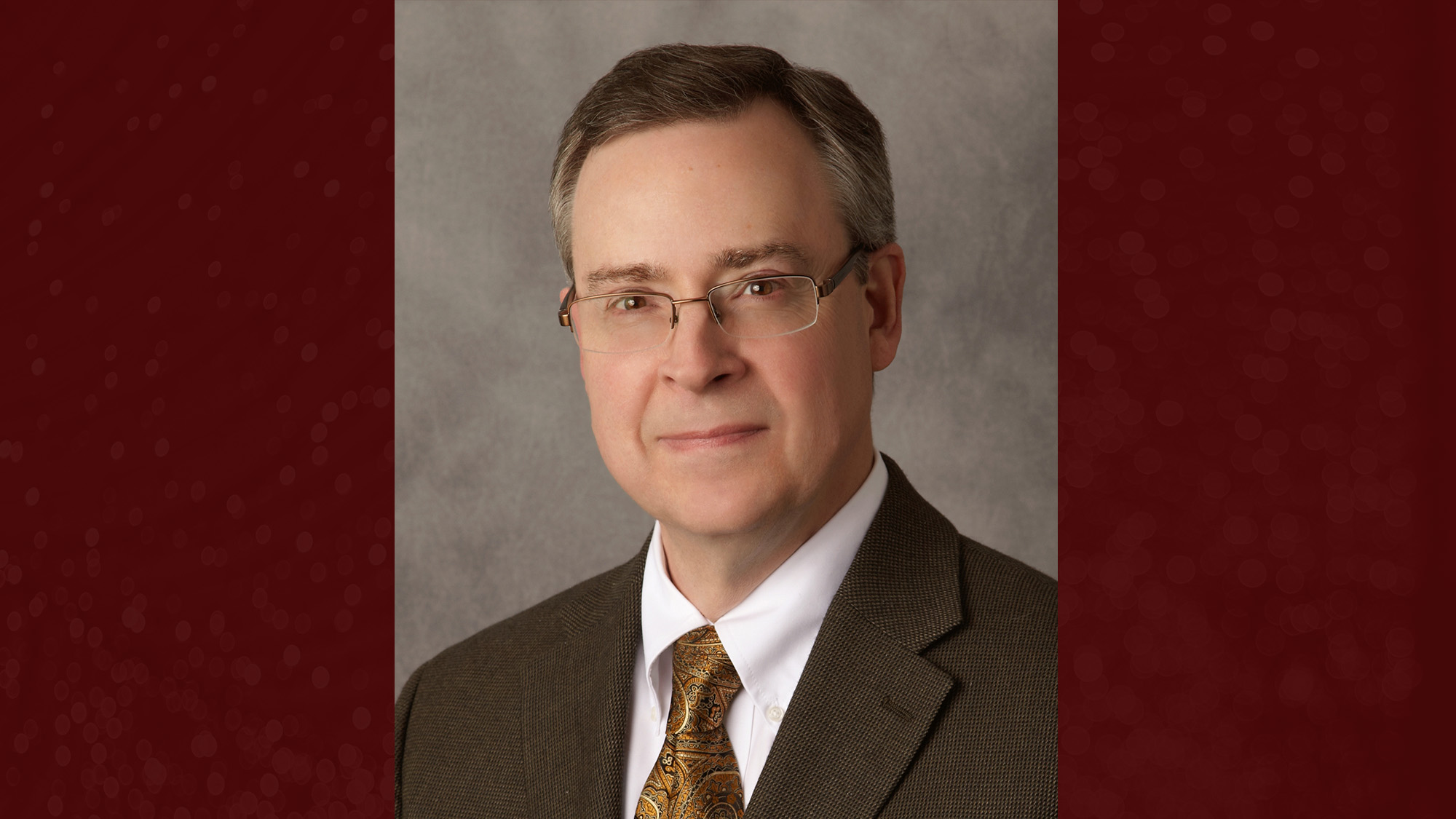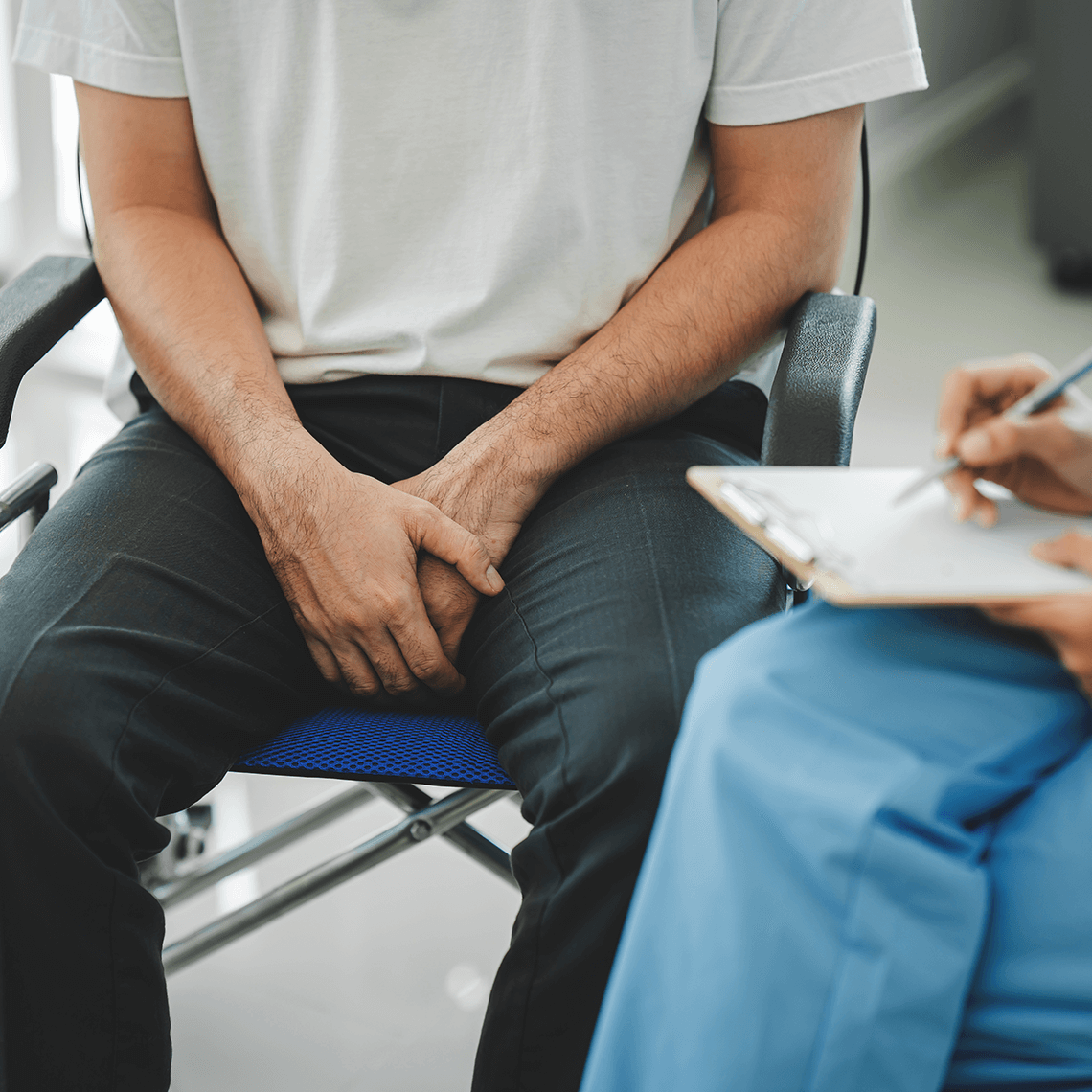Podcast
A Movement and Its Future After 20 Years: Patient Safety Leader Retires, Looks Ahead
Apr 13, 2020

Commentators
- Darrell Ranum, JD, CPHRM
Transcription
If you trace the patient safety movement to the 1999 Institute of Medicine (IOM) report of 100-thousand preventable deaths from medical error each year, the movement is about 20 years old. But there was certainly momentum building before then.
Over the past quarter century, what have we achieved and what’s changed? One way to look at it is through the eyes of a person who was working in the trenches of patient safety all that time. So we took the opportunity to speak with attorney Darrell Ranum, soon to be retiring from the largest medical malpractice insurer in the country after a career spanning more than a 30 years. First at the Ohio Hospital Insurance Company, and then with The Doctors Company when it acquired OHIC. Today, as Vice President of Patient Safety & Risk Management for The Doctors Company, Ranum has a unique vantage point.
The rise of big data paralleled the rise of the patient safety movement, and Ranum’s company has been along for that ride. They were among the first to join a national consortium at Harvard that pools malpractice case data from hundreds of insurance companies across the country. Operated through CRICO Strategies, a part of Harvard’s malpractice and patient safety program, this comparative benchmarking system now includes about a half-million cases. Darrell Ranum’s company has been continually using the data to study trends and contributing factors in malpractice cases.
We caught up with Darrell for an “Exit Interview” of sorts, and to pick his brain. From the rise of data in figuring out what’s going on, to a tectonic shift in hospital culture, Darrell reflects on the journey—and the challenges still faced by the patient safety movement.
Q.) Darrell, thank you very much for joining us.
A.) My pleasure.
Q.) You are retiring this year after more than a quarter century trying to figure out how to prevent medical malpractice lawsuits. And I bet the words patient safety weren’t in anybody’s title, let alone yours, back when your career got underway. Maybe you can help set us up with why you started, what attracted you to this field and how did this transform along the way?
A.) Well, you’re right about patient safety. It was not in anybody’s title. In fact, risk management at that time was fairly new. This was in the mid 80’s. I started my career working in a hospital laboratory, and I really enjoyed learning the medicine side and how health care works. Eventually went to law school, practiced law for a short time. But I had a strong desire to get back into health care, that’s really where my heart was. And so I was directed to the Ohio Hospital Insurance Company which was owned by the Ohio Hospital Association and talked with the VP there who eventually became my mentor. And he was looking for people to work with hospitals and physicians who understood the clinical issues as well as the legal issues. Up to that point, risk management had been largely safety related, so physical plant, and all of the requirements associated with safety in a place. So we got started with this pretty much with clinical risk management and watched the field grow, and it turned out to be a fascinating area for me to have my career.
Q.) That emphasis on clinical risk management, that was something new. That was something that was just developing, just emerging. Harvard had done some anesthesia guidelines that made a big difference and got everybody’s attention, and then there was the medical study that showed a lot of errors in hospitals and that got everybody’s attention. The IOM Report in the 90s, the late 90s, really was the birth of the patient safety movement. And what’s interesting to me is that, at the same time as this growth of the patient safety movement, was the growth of the use and the availability of data to support that. Data was being used in all areas of health care, and patient safety was starting to take advantage of that.
A.) Yes, that was my experience that as we began to recognize the importance of data and understanding situations through the review of large numbers of events, we became more and more sophisticated at that. Our company got involved with data by watching CRICO Strategies. We attended conferences with them, were impressed with the data that they were putting out there. And they were sharing this information with people in other organizations. And so over these years, now 20 years been working with CRICO and CRICO Strategies. We’ve collaborated on studies. We’ve collaborated on articles, presentations, regional and national presentations, and people are just hungry for data. They recognize that if you can provide valid data, it provides insights that we can’t gain anywhere else. So we’ve been a subscriber since the year 2000 and before that time, you know, we really only had opinions. Opinions of people who had experience, but we didn’t really have credible data. But with data, we ended up with credible recommendations that I think that health care providers who are scientists were more willing to adopt.
Q.) That credibility factor that data brought to the movement seems to have been very key. I mean, I was seeing our people go out and do presentations in front of grizzled surgeons and administrators and hospital leaders, and until the capability of being able to deliver the data that’s specific to their institutions or to their specialty really got people’s attention. That was really the key, wasn’t it?
A.) Yes it was. We would get pushback on recommendations which were anecdotal, and it just seems that no matter how much experience one person has, it’s not going to match the value of aggregating data from the experiences of hundreds of people over years, and so physicians readily adopted the data. I mean, they jumped right on that and wanted to talk about it. They wanted to look for areas of improvement. So yeah, I think access to data was a major improvement in our ability to offer quality health care.
Q.) And we also have a Comparative Benchmarking System with lots of malpractice insurance companies pooling their data and coding it in the same way and that’s helpful.
A.) Yeah, it’s the Comparative Benchmarking System, right, CBS.
Q.) Let’s look at some of what your program can do using that and using the other tools and the other systems that you’ve developed. You’ve got claim studies, pretty much every specialty and topic, CME, intervention tools. In terms of subjects, the trends today involve things that weren’t necessarily talked about 25 years ago. What do you think are some of the biggest changes for risk managers that you’re working on in hospital leadership over this time? What’s changed and what’s not changed?
A.) Well, there have been monumental changes. I guess I would start by talking about what’s changed in hospitals. Hospitals have become more sophisticated but much more complex, not only consolidation into larger systems, but they have developed services. They have acquired practices. They now have freestanding facilities, freestanding emergency departments, ambulatory surgery centers, rehab centers. All of those things have made tracking and managing all of the risk issues much more complex for hospital risk managers. I think there have been some upsides to that as hospitals have acquired physician practices. They have instituted some standardization which we know is helpful in reducing loss, and physician practices have responded. But I have concerns about some of the developments with the growth of these large practices. For one thing, they don’t have the same level of expertise in patient safety risk management quality and related specialties that hospitals have. And as they have gotten larger, their sophistication in those areas has lagged behind.
But there have been some other monumental changes that I think that have propelled health care forward and safety forward. And those include things like the growth of knowledge in understanding causes of error, how errors occur, system failures and moving away from the culture that we had back then of shame and blame. It was always the person who made the error who was blamed. We weren’t looking at the system failures that could have helped avoid those issues. There have been developments of tools like root cause analysis.
I think a major game changer has been disclosure of causes of patient harm. The whole disclosure issue was a major issue for malpractice companies because we wanted our physicians to be quiet and not risk exposing information that could be used against them and against the malpractice insurance companies. But once the culture changed, once we started supporting our physicians in being open and honest and our hospital risk managers and hospital personnel being open and honest with patients, I think that’s been a major driver in reducing the number of claims that we’ve seen. We’ve seen a drop off somewhere in the range of 30, 40, 50 percent over the last 15 or 17 years in the numbers of claims, and I suspect that a major driver in that outcome was this whole issue of disclosure. When patients get open and honest information about what happened to them, they don’t have the same need to go find a lawyer who will find that information out for them. So I think that disclosure has been a major issue.
Q.) You’re kind of going out with a bang, Darrell. I’m looking at articles, claim studies, public speaking still on patient safety and the use of malpractice data. You’re well-regarded and respected in this field. I’m just wondering as you retire how you feel about that and how you feel about what might be your, considered your legacy. What are you most proud of?
A.) If I have a legacy, I hope that it’s improved utilization of data. Many people don’t value data like I think it should be valued and, therefore, unwilling to invest in data analytics. So I think that it’s really important that we demonstrate the value of data, and I hope that some of the work that I’ve done helps to do that. But I really view my career as being part of a chain. You know, I’ve learned from the people who came before us, introduced us to concepts, taught us about important concepts that we’ve been able to utilize. And then I’m hoping that our work has inspired people to move beyond that, So yeah, I have great hopes for this field and I think we’re really just cresting the hill on the possibilities.
Q.) I have to say that you’re leaving the health care world in a much better place than you found it. I want to thank you very much for participating in this interview today, Darrell.
A.) It’s been my pleasure talking with you, thank you, Tom.
Darrell Ranum is the Vice President of Patient Safety & Risk Management at The Doctors Company. I’m Tom Augello.
About the Series
We’ve got you.
Our Safety Net podcast features clinical and patient safety leaders from Harvard and around the world, bringing you the knowledge you need for safer patient care.
Episodes
$1.5 Billion in Miscommunication: Medmal Data Report Finds Opportunities
Case Dismissed! Every Medical Defendant’s Dream Still Holds Some Nightmares

Expert: Communication Is Top Fix for Prostate Care Allegations

How Depositions Make or Break a Medmal Defense


